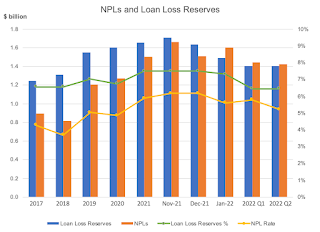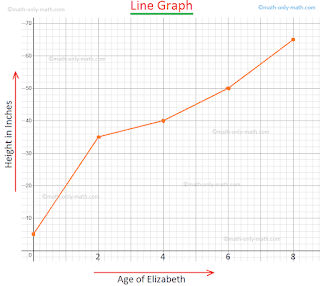Unlocking the Secrets of Numbers
Mathematics is a language that enables us to understand and interpret the world around us. In this exploration, we delve into three essential mathematical concepts: place value, graphs representing functions, and the chi-square distribution table. Each of these concepts plays a crucial role in different branches of mathematics, offering insights into the structure and relationships within numerical and statistical realms.
Understanding Place Value:
Place value is the foundation of
our number system, and a solid grasp of this concept is essential for
mathematical success. It involves understanding the value of each digit in a
number based on its position. For instance, in the number 7,542, the 7
represents thousands, the 5 represents hundreds, the 4 represents tens, and the
2 represents units.
One effective way to teach place value word is through
interactive and visual methods. Consider using colorful charts or manipulative
that allows students to physically move digits around, reinforcing the idea
that the position of a digit determines its value. Practical examples, such as
money or measuring units, can also be incorporated to make the concept more
relatable.
Visualizing Functions with Graphs:
Graphs are powerful tools for
visualizing mathematical relationships and functions. They provide a way to
represent data, analyze trends, and make predictions. Functions, which express
relationships between variables, can be graphically represented in various
forms, including line graphs, bar graphs, and scatter plots.
When teaching about graphs, it's
essential to convey the idea that each type serves a specific purpose. For
example, a line graph is suitable for showing trends over time, while a bar
graph is effective for comparing quantities. Introduce the concept of
independent and dependent variables and demonstrate how changes in one variable
affect the other.
Utilizing technology, such as
graphing calculators or software, can enhance the learning experience. Students
can experiment with inputting different values to observe how the graph changes
in real-time, providing a dynamic and engaging approach to understanding mathematical
functions.
The Chi-Square Distribution Table:
The chi-square
distribution table is a probability distribution that arises in
statistical hypothesis testing. It is commonly used to assess the association
between categorical variables. The chi-square distribution table is a tool that
simplifies the calculation of probabilities associated with the chi-square
statistic.
When introducing the chi-square
distribution table, it's crucial to explain its layout and purpose. The table
is organized based on degrees of freedom and significance levels, allowing
users to determine critical values for hypothesis testing. Degrees of freedom,
in this context, represent the number of categories minus one.




Comments
Post a Comment